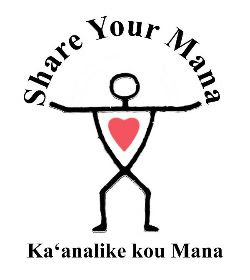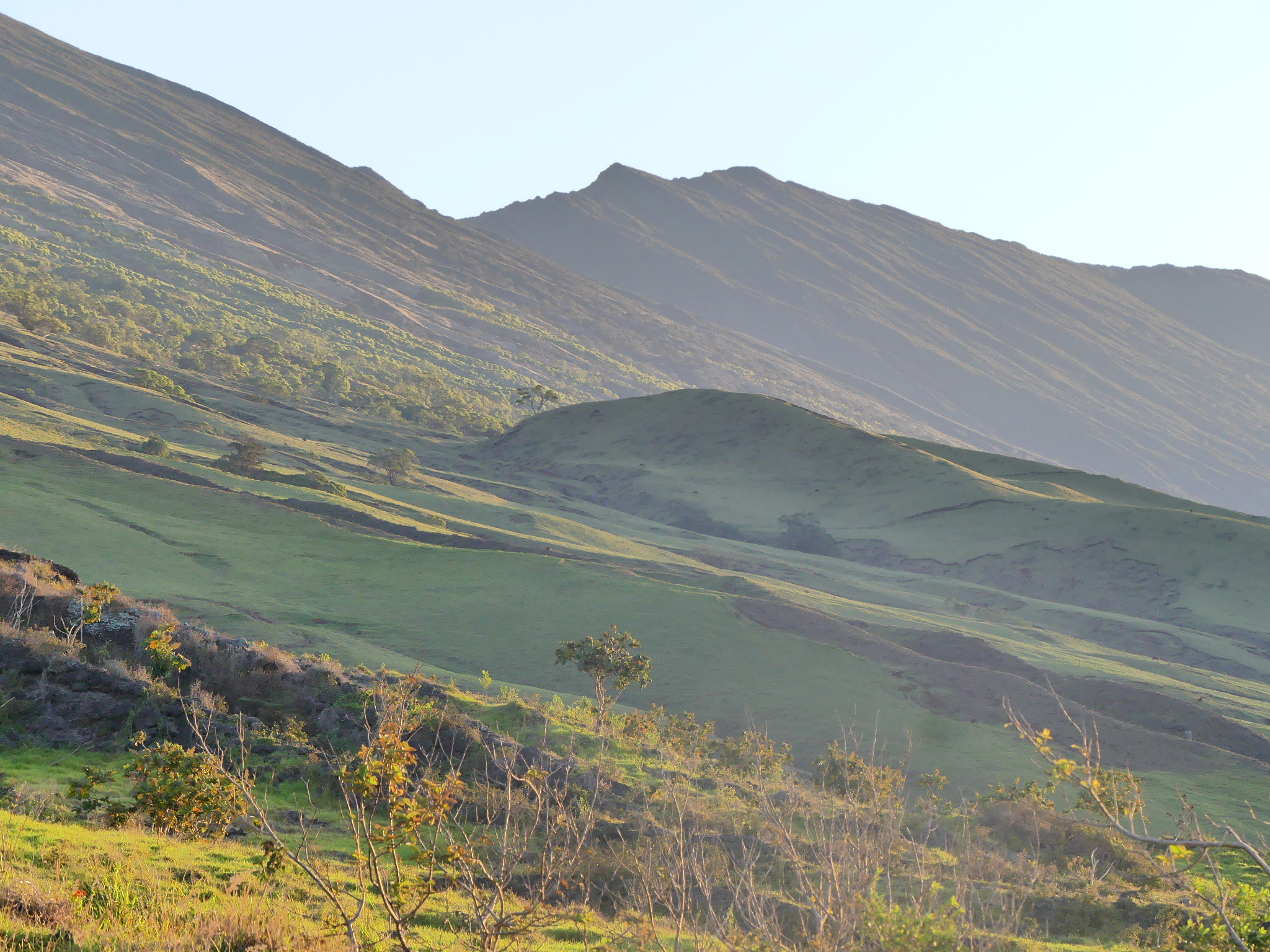Wolbachia Mosquitoes in Hawaii: Update
Many of you have reached out in recent weeks to inquire about action steps that can be taken in opposition to Hawaii’s proposed biopesticide mosquito experiment. As we wait for updates from the state regarding Environmental Assessments in progress, please take the time to share information about this project with the community and continue to speak out against this contentious, shortsighted plan. We have repeatedly voiced our concerns through testimony and written documentation, and so far, the state has not adequately responded to questions regarding potential impacts to public health, wildlife, or our vital ecosystems. The stakes are high, and Hawaii has a history of misguided, well-intentioned importation of novel invasive species with destructive results (mongoose, albizia, cannibal snail, etc.). Safer alternatives must be considered. We will be exploring all avenues moving forward, including legal action.
In August, I submitted my article “Wolbachia Mosquitoes in Hawaii: Unsettled Science Part 2” as testimony to the Board of Land and Natural Resources for their 8/26/22 meeting.1 In that article, tropical disease/vector expert Dr. Lorrin Pang spoke as a private citizen and sounded the alarm about this project’s potential for unexpected, dangerous, and irreversible evolutionary events. Pang’s primary concern is the threat of horizontal spread of the novel Wolbachia bacteria beyond the male Culex mosquito. He stated:
- “Proponents may be right that this intervention will save the native birds in the short-term, but long-term consequences to other island ecologies and to these same native birds may ultimately be detrimental. When one realizes the latter, the damage may be impossible to recall or repair, like the effect we’ve seen with so many other invasive species in Hawaii.”
- “It is enough to say that the new Wolbachia strain can spread horizontally as a life form to other mosquitos (say Aedes, the vectors of human disease) and perhaps create that Wolbachia female Culex which everyone is bending over backwards to avoid via lab contamination.”
- “How is this supposed to be self-contained? Horizontal spread has the potential to be a disaster that cannot be recalled. The bacterium is a life form, and you might not be able to turn back the clock by simply shutting off the male mosquito ‘fountains.’ ”
There are very serious implications for our environment and for the spread of disease, both avian and human. State agencies have yet to fully address these concerns. To start with, we would like to see peer-reviewed, published articles refuting the possibility of horizontal transfer.
The “Mosquito Control Research Using Wolbachia-based Incompatible Insect Technique” project is promoted as a population control effort to save Hawaii’s endangered native birds. The multi-agency partnership Birds, Not Mosquitoes, a steering committee formed in 2017 and comprised of state, federal, and non-governmental organizations, is coordinating the plan. Congressman Ed Case has been involved at the federal level to secure funding.2 More than $14 million is budgeted through the US Department of the Interior for conservation programs to tackle invasive mosquitoes in the State of Hawaii as a priority distribution from the $1.2 trillion Bipartisan Infrastructure Package enacted in 2021.
The DLNR is receiving $6.5 million, through the U.S. Fish and Wildlife Service (USFWS), for the development of novel mosquito management using non-compatible mosquitoes on a landscape-scale basis and for the development of additional captive propagation facilities at the San Diego Zoo Wildlife Alliance’s Maui Bird Conservation Center. Other initiatives receiving funding include $1 million for the USFWS Pacific Islands Fish and Wildlife Office to support inter-bureau endemic species extinction prevention efforts and novel eradication techniques for invasive mosquitoes, $592,000 for the US Geological Survey Pacific Island Ecosystems Research Center for supporting inter-bureau endemic species extinction prevention efforts and vector management for invasive mosquitoes, and $6 million for the National Park Service to stand up an interagency field deployment team and develop tools to suppress non-native mosquito populations at Haleakala National Park.3
One important topic that has not been addressed is that of conflicts of interest. The National Institutes of Health (NIH) publishes clear guidelines regarding conflicts of interest in medical research, education, and practice.4 Because this project has the potential to impact health issues, the medical rules outlined should be followed, and it is essential that all parties involved declare full disclosure of conflicts of interest. Per the Institute of Medicine of the National Academies:
- “A conflict of interest is a set of circumstances that creates a risk that professional judgment or actions regarding a primary interest will be unduly influenced by a secondary interest.”
- “The primary interest that conflict of interest policies seek to protect varies according to the purpose of a professional activity. Primary interests include promoting and protecting the integrity of research, the welfare of patients, and the quality of medical education…”
- “The second main element of a conflict of interest is the secondary interest. Secondary interests may include not only financial gain but also the desire for professional advancement, recognition for personal achievement, and favors to friends and family or to students and colleagues.”
- “The third key element of the definition is the conflict itself. It is not an occurrence in which primary interests are necessarily compromised but, rather, a set of circumstances or relationships that create or increase the risk that the primary interests will be neglected as a result of the pursuit of secondary interests. A conflict of interest exists whether or not a particular individual or institution is actually influenced by the secondary interest.”
In regards to the Environmental Assessment process, Birds, Not Mosquitoes has stated that they are fully committed to following Hawaii Chapter 343.5These rules apply to any proposed interventions. Per Hawaii Revised Statutes §343-5 Applicability and requirements6:
- (c) For environmental assessments for which a finding of no significant impact is anticipated:
- (1) A draft environmental assessment shall be made available for public review and comment for a period of thirty days;
- (2) The office shall inform the public of the availability of the draft environmental assessment for public review and comment pursuant to section 343-3;
- (3) The agency shall respond in writing to comments received during the review and prepare a final environmental assessment to determine whether an environmental impact statement shall be required;
- (4) A statement shall be required if the agency finds that the proposed action may have a significant effect on the environment; and
- (5) The agency shall file notice of the determination with the office. When a conflict of interest may exist because the proposing agency and the agency making the determination are the same, the office may review the agency’s determination, consult the agency, and advise the agency of potential conflicts, to comply with this section. The office shall publish the final determination for the public’s information pursuant to section 343-3.
We will be following closely for opportunities to review and comment on the state’s findings. Professional advisement has proposed that the Environmental Assessment hearings should be facilitated and conducted by a neutral party such as the Sierra Club, as there are already clear conflicts of interest within government agencies per the NIH guidelines.
Mahalo to everyone for your continued commitment to conservation of Hawaii’s native birds, protection of public health and the environment, and transparency in government.
In Related News:
- The Hawaii DLNR released a video last month where Maui Forest Bird Recovery Project’s Dr. Hanna Mounce states, “We can’t put all of our faith in Wolbachia working…We won’t be able to say that the landscape is ever free of avian malaria with the Wolbachia tool, so in order for this Wolbachia to work, mosquitoes have to be constantly released with an incompatible strain…Wolbachia doesn’t actually break the cycle, and so it’s going to be continuous until we have another tool.”7
- California legislators submitted a letter to the Director of the California Department of Pesticide Regulation urging denial of permitting to release Oxitec mosquitoes (a different, but related eradication technique using modified mosquitoes). The letter explains that the EPA review process was incomplete, and that public health and environmental risks have not been adequately addressed.8 Lawmakers and environmentalist have pushed back against the planned release, with the co-director of Californians for Pesticide Reform stating, “People have not consented to being part of this open-air biopesticide experiment.”9
- The Highwire released a video last month, “MASS VACCINATION THROUGH GMO MOSQUITOES?” with the following description: “A one-off release of genetically modified mosquitoes, backed by funding from the Gates Foundation, in the Florida Keys last year had residents and environmental organizations up in arms. Now, the EPA is set to approve more releases in Florida and California. Could they one day be used as flying vaccines? A new study says yes.”10 Human vaccination using infected mosquitoes is an active area of study with highly controversial implications.11
- Population control advocate Bill Gates proudly promotes funding research in Colombia of lab-bred Wolbachia-infected mosquitoes in his “Gate’s Notes” Mosquito Week 2022 blog.12 He explains that in order to thrive, the adults need sugar “…and blood, which the team sources from expired stocks at blood banks.” Gates’ video “The Mosquito Factory” describes the breeding process where scientists “…tend to the insects’ every need as they grow from larvae to pupae to adults, keeping the temperature just right and feeding them generous helpings of fishmeal, sugar, and, of course, blood. Then, they release them across the country…”13
Please share this information with the community. If you’d like to work with me on researching, testifying, and speaking out in opposition to this project, please email Tina Lia at tinalia@live.com.
References:
- Board of Land and Natural Resources 8/26/22 Meeting Testimony (page 21-25)
https://dlnr.hawaii.gov/wp-content/uploads/2022/08/C-1T. pdf
- “Hawaiʻi receiving $14 million in federal funding to combat invasive mosquitoes” (Maui Now, 5/16/22)
https://mauinow.com/2022/05/16/hawai%ca%bbi-receiving-14- million-in-federal-funding-to- combat-invasive-mosquitoes/
- “05/16/22-RACE TO SAVE HAWAIIAN HONEYCREEPERS BOLSTERED BY $14 MILLION IN FEDERAL INFRASTRUCTURE AID” (DLNR, 5/16/22)
https://dlnr.hawaii.gov/blog/2022/05/16/nr22-068/
- “Principles for Identifying and Assessing Conflicts of Interest” (NIH National Library of Medicine, National Center for Biotechnology Information; Institute of Medicine of the National Academies “Conflict of Interest in Medical Research, Education, and Practice,” 2009)
https://www.ncbi.nlm.nih.gov/books/NBK22937/#:~:text=A% 20conflict%20of%20interest% 20is,influenced%20by%20a% 20secondary%20interest
- “Quarterly Update | July – Sept 2022” (Birds, Not Mosquitoes, 9/19/22)
https://mailchi.mp/8174641320d4/quarterly- newsletter-project-updates?e= ec55f9d437
- Hawaii Revised Statutes §343-5 Applicability and requirements
https://www.capitol.hawaii.gov/hrscurrent/Vol06_Ch0321- 0344/HRS0343/HRS_0343-0005.htm - “Maui Mosquito Survey Teams Giving Voice to the Voiceless (web feature)” (Hawaii DLNR, 10/13/22)
https://vimeo.com/760015718 - “RE: Urging Denial of Permit to Release Genetically Engineered Mosquitoes” (California Legislature letter to the Director of the California Department of Pesticide Regulation, 11/3/22)
http://www.centerforfoodsafety.org/files/ ge-mosquito-permit–dpr- member-final-letter–11-3-22_ 15816.pdf - “Plan to Release GMO Mosquitoes in California Draws Fire From California Lawmakers, Environmentalists” – Julia Conley, Common Dreams (Children’s Health Defense, 11/04/22)
https://childrenshealthdefense.org/ defender/gmo-mosquitoes- california-lawmakers- environmentalists/ - “MASS VACCINATION THROUGH GMO MOSQUITOES?” (The Highwire, 10/17/22)
https://thehighwire.com/videos/mass-vaccination- through-gmo-mosquitoes/ - “A genetically engineered Plasmodium falciparum parasite vaccine provides protection from controlled human malaria infection” – Sean C Murphy, Ashley M Vaughan, James G Kublin, et al. (National Institutes of Health National Library of Medicine, National Center for Biotechnology Information, 8/24/22)
https://pubmed.ncbi.nlm.nih.gov/36001680/ - “Can we outsmart the world’s deadliest animal?” (Bill Gates, 8/15/22)
https://www.gatesnotes.com/Health/Mosquito-Week-2022 - “The Mosquito Factory” (Bill Gates, 8/15/22)
https://www.youtube.com/watch?v=lVkBxxzr0Cc





You must be logged in to post a comment.